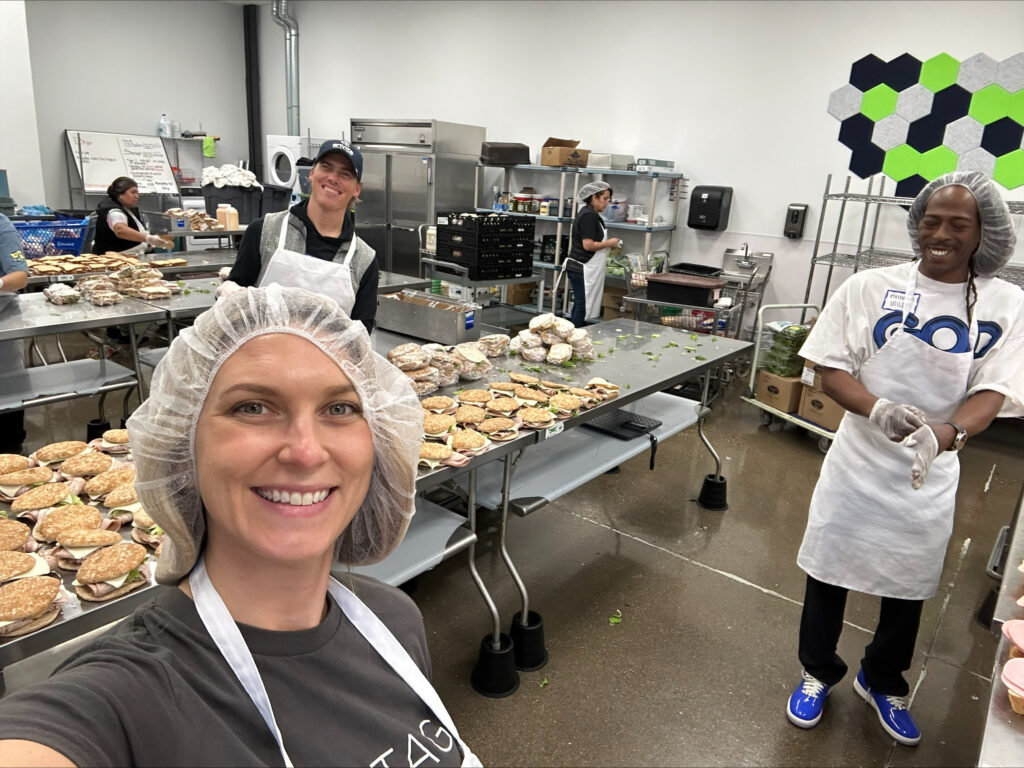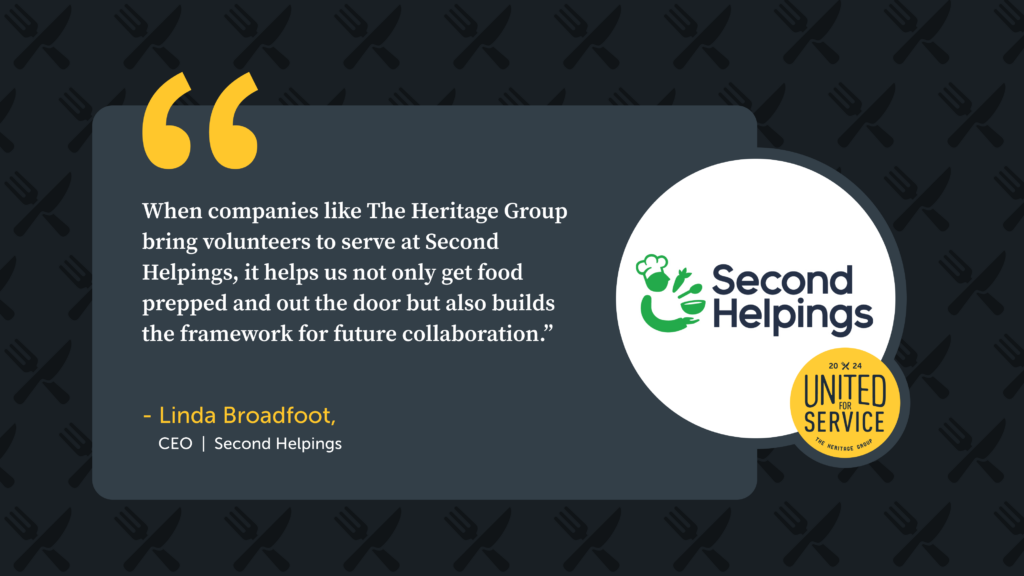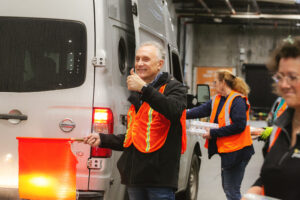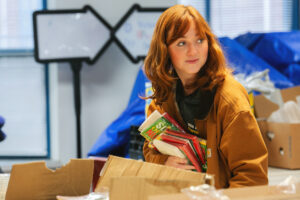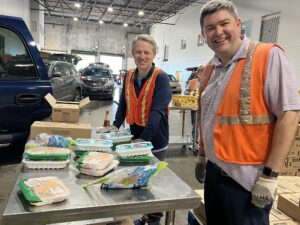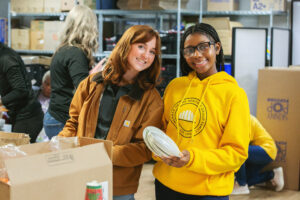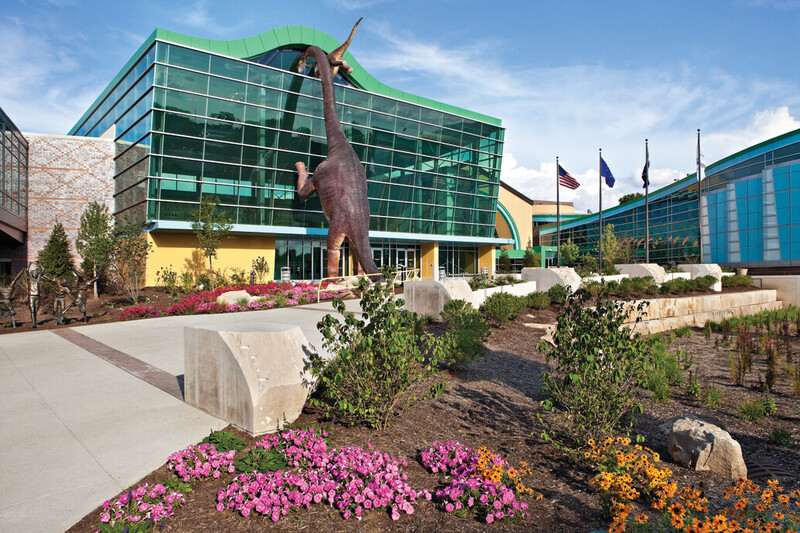
As The Children’s Museum of Indianapolis celebrates its 100th anniversary, they’re planning for the next 50 years, both in infrastructure and in programming to include an emphasis on sustainability, and The Heritage Group is there to help their efforts as sponsors of the Environmental Sustainability Advisory Committee (ESAC). Here’s how our Sustainability Shared Bet is making a difference for people, planet and community, reaching beyond our own offices to influence future generations of museum visitors.
The 24-member ESAC included perspectives and sources of expertise from across The Heritage Group — Chris Ames, Daniella Bianchetti, Kelly Geckler, Ben Woodworth, Anne Smith and Tom Doherty — along with interested parties from around the state of Indiana, all tasked with making recommendations related to environmental sustainability practices and policy. For two years, the group met quarterly with museum representatives to explore ideas and options for reducing the museum’s carbon footprint and teaching others to do the same.
“The committee helped provide insight and information, connections and resources for the museum to better understand where we are and how to make informed decisions going forward,” said Ryan Lewis, who leads the Facilities Operations Department at the museum. “What we learned is there are some really bright people out there who know sustainability and who are willing to share ideas.”
They also learned, through some facility condition assessments with the committee, they have a tremendous amount of work to do. This didn’t surprise Ryan, given that the building has been through nine expansions over nearly 50 years at this Illinois Street location, but the committee helped him see the site with fresh eyes. This new perspective led to new improvements to infrastructure.
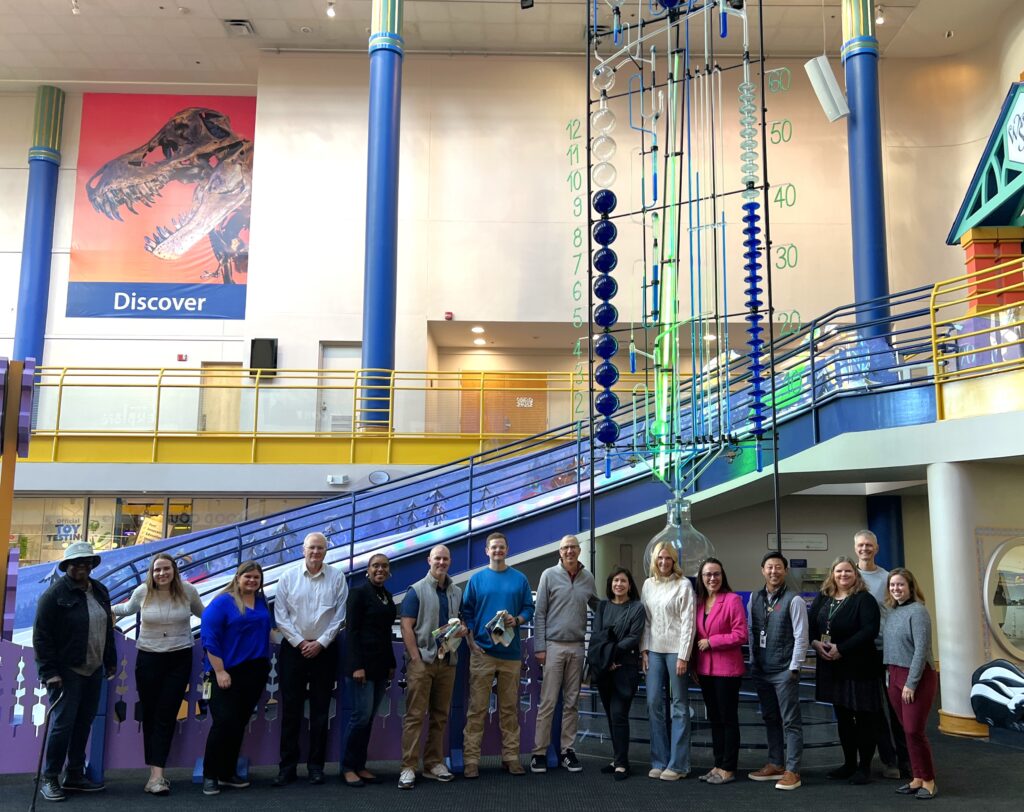
The Environmental Sustainability Advisory Council under the museum’s giant water clock.
Infrastructure: Now
Some of the steps they’ve taken on the property:
- Converted to LED occupancy lighting in the parking garage
- Started recycling on the staff side, with targets for the visitor side in the future
- Benchmarking current levels of solid waste and recycling so that improvements can be accurately measured
- Working toward standardization of signage around waste and recycling containers, making them easy for museum visitors to recognize
Ryan’s team is also working to reduce waste in their exhibit builds. When selecting materials for their new exhibits, they’re choosing those that can be reused or recycled over specific, single-use materials. And they are standardizing the size and shape of exhibits and kiosks using a template so those pieces can be reused or repurposed as one experience closes and another opens.
“We’re keeping something in operation by applying new paint or graphics to it rather than breaking it down and putting it into a waste or recycling stream,” Ryan shared. “We’d also like to share with smaller organizations some of our pieces that still have life, but we know we aren’t going to use again, so we’re working on developing a kind of network for those elements.”
“It’s a slow process with an organization our size operating a building that’s half a million square feet,” he said, “but we’re making progress.”
Infrastructure: Future
The timing of the committee’s work was ideal: As the museum approaches their centennial celebration, there’s been a lot of reflection on where they’ve been and where they want to be. They’re currently drawing up an infrastructure renewal plan and can now see that plan through a sustainability lens.
“With the committee’s help, we were able to understand where we are as a building, as a structure and as an infrastructure,” said Ryan. “We put together a 10-year infrastructure plan that renews approximately 80% of our mechanical and electrical infrastructure. This brings our 1980s-era building up to date.”
Ideas they’re investigating include EV charging, rooftop solar power as well as heat and energy recapture opportunities to reduce emissions and overall energy consumption. In the food court, they’re talking to the food service providers about ways to move away from single-use items and minimize food waste.
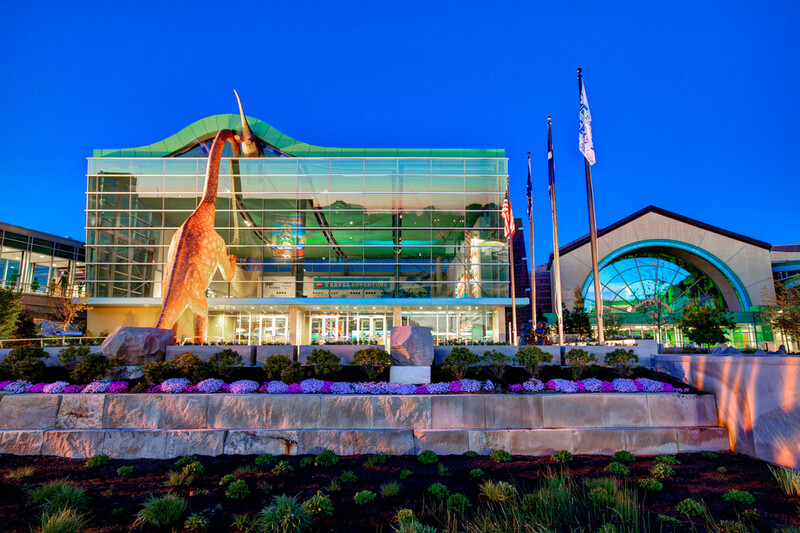
On the programming side, Morgan Hoffman, The Children’s Museum’s Sustainability & Youth Programs Manager, recognizes the museum’s potential influence on visitors. Over 1.3 million children and their families engage with museum learning experiences each year through on-site exhibits, camps and community- or school-based programs like Family Nights.
Programming: Now
A Family Night is an outreach program that brings a hands-on educational experience to a school for an evening. The newest and most popular topic is one developed with ESAC’s input: STEM City.
“Every activity gets kids to think about different aspects of living in a city,” said Morgan. “The kids think, ‘OK, if I’m the city planner here, how am I going to construct my city?’”
In this program, kids turn a crank to generate the energy for the city’s lights, which helps them think about possible power sources, including solar. They play Grocery Games, which gets them thinking about food and how it is sourced. They build habitats for Indiana wildlife, so they consider environmental impacts humans have on animals and plants.
Sustainability is woven through the curriculum and also influences its implementation. “We’re now being very cognizant of our day-to-day practices,” said Morgan. “With STEM City, we were conscientious, thinking, ‘Are these consumable supplies or can we find an alternative we can use repeatedly?’ That thinking is bleeding into other programs that aren’t necessarily about the environment.”
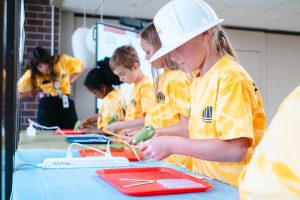
The Heritage Group hosts our annual Kids Science Camp in partnership with The Children’s Museum of Indianapolis.
Other programming wins so far:
- Added even more sustainability activities to our own Kids Science Camp plan
- Created a homeschool program called Sustainable Living
- Developed summer camp lessons on farm-to-lunchbox and ecology
- Expanded the Earth Day offerings at the museum
Committee members helped Morgan, who came to the Indy area from a fellowship in Utah in 2022, form a whole new network of local resources so that she can continue to learn about environmental impacts and incorporate them into lesson plans.
Programming: Future
The committee looked at current exhibits and gave ideas on how to weave in some related sustainability topics.
“What I’m moving towards now is creating a guiding framework and a plan for the next … however long … based on all that we’ve absorbed and started implementing,” said Morgan. “This is so that the committee’s help with getting us started is informing our future work.”
“The committee was a great starting point for the museum’s plan,” said Chris Ames of Envita Solutions. “We let them know that they were on the right path. And we helped them create a network of our connections too. Now they have a bigger toolbox to draw from.”
“This collaborative group helped The Children’s Museum identify actionable opportunities,” said Anne Smith, Senior Director of Sustainability for The Heritage Group. “We believe small steps can make a big impact — change doesn’t have to be massive to be meaningful. It’s about putting one foot forward and beginning the journey.”
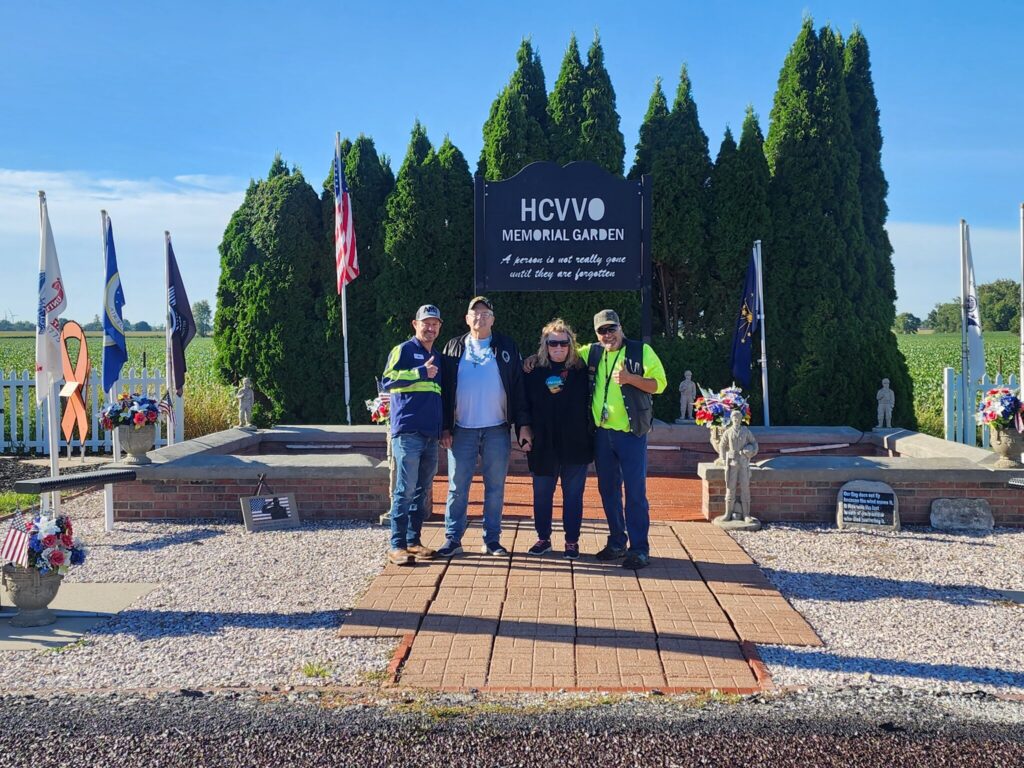
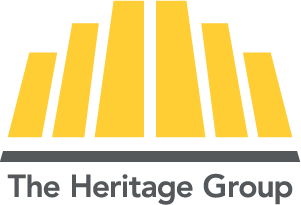
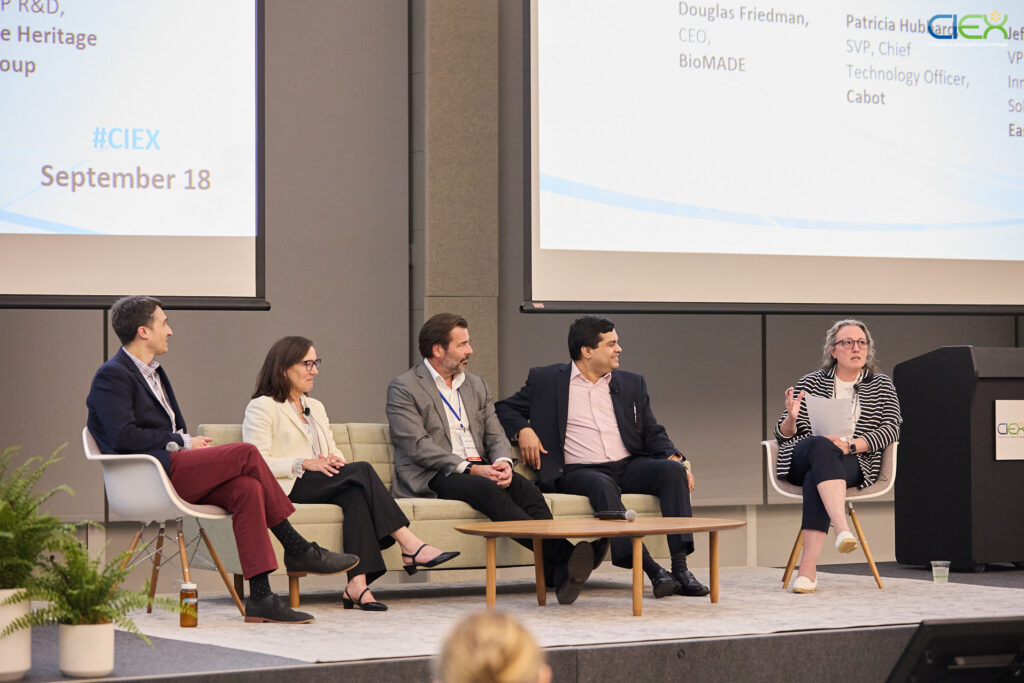
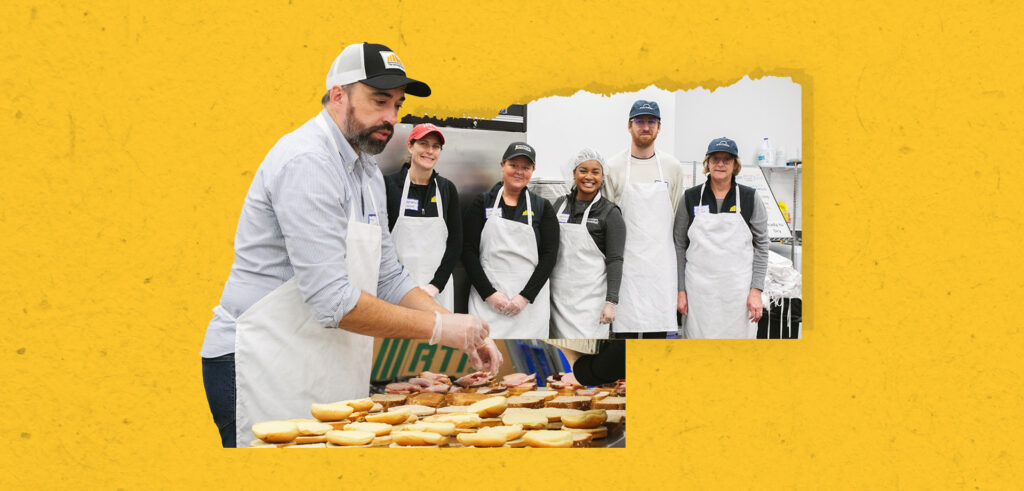

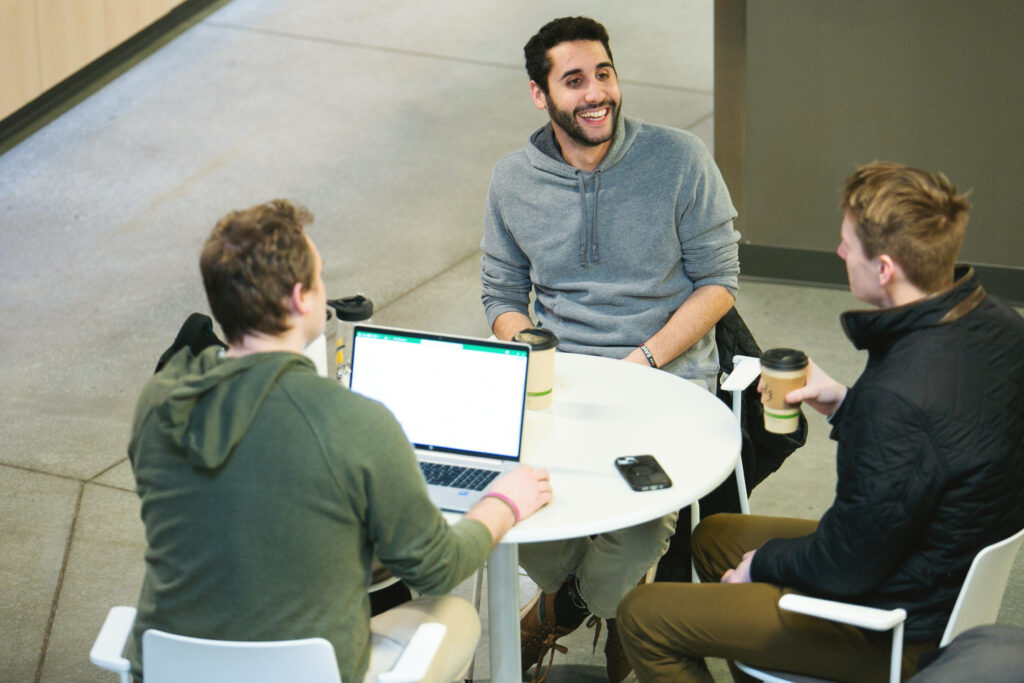
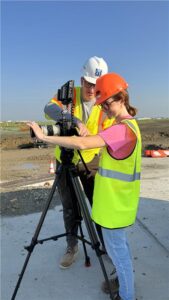 “I have developed a deep sense of community at THG full of people who not only support me but want to see me succeed. I am constantly encouraged to explore new opportunities and pursue ideas that matter to me.” — Madeline Feeman, Orr Fellow Class of 2023
“I have developed a deep sense of community at THG full of people who not only support me but want to see me succeed. I am constantly encouraged to explore new opportunities and pursue ideas that matter to me.” — Madeline Feeman, Orr Fellow Class of 2023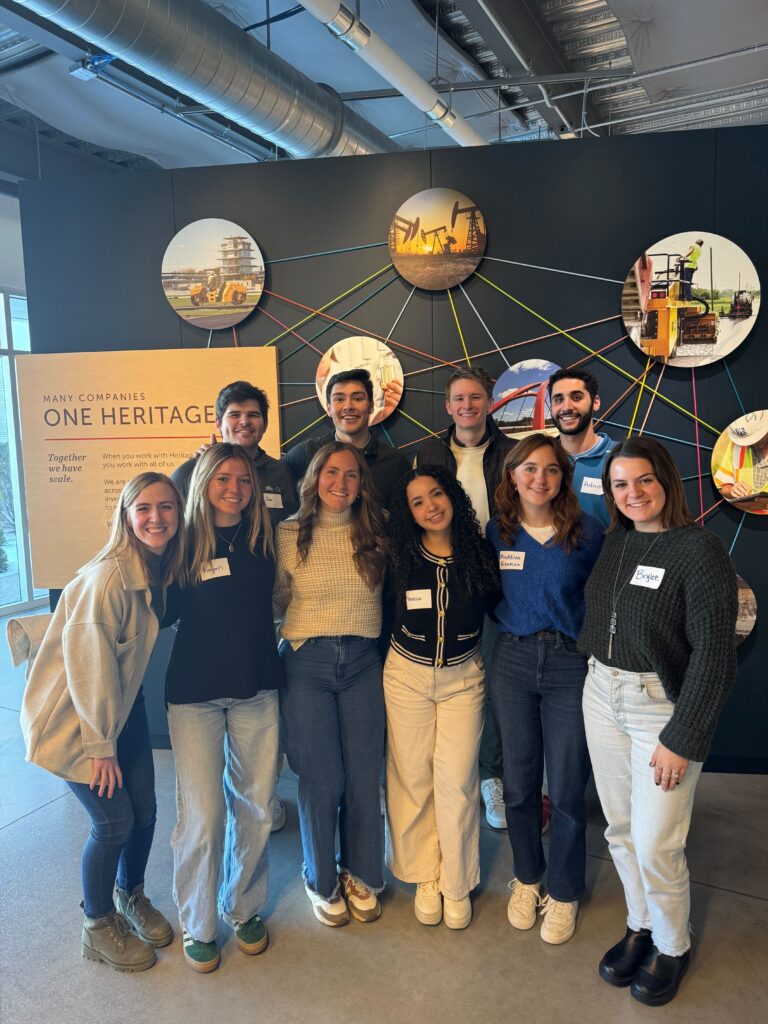
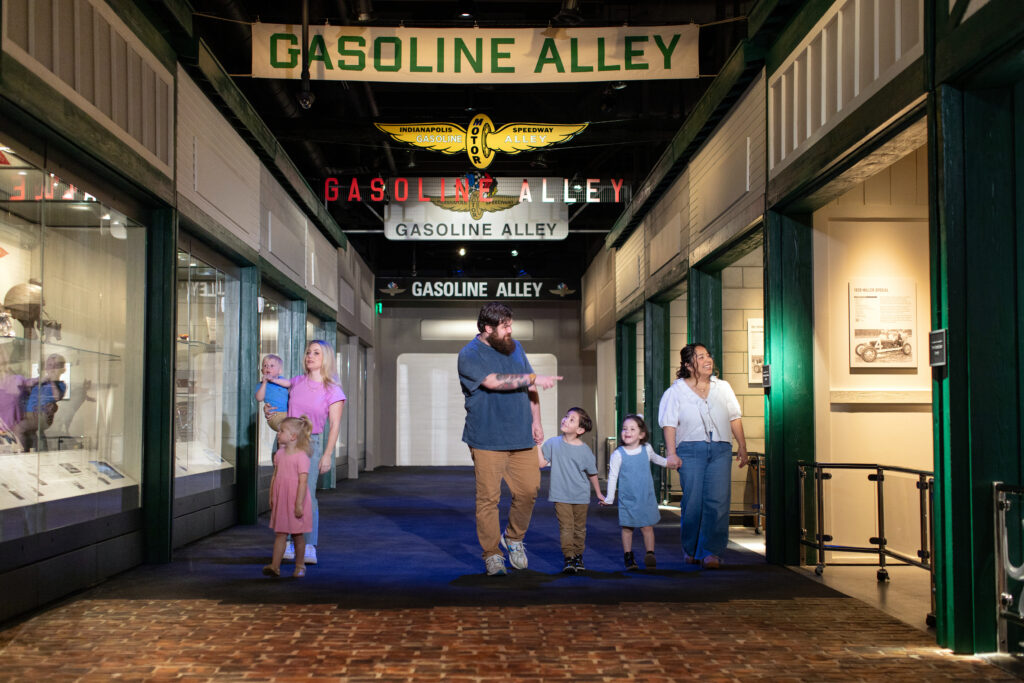
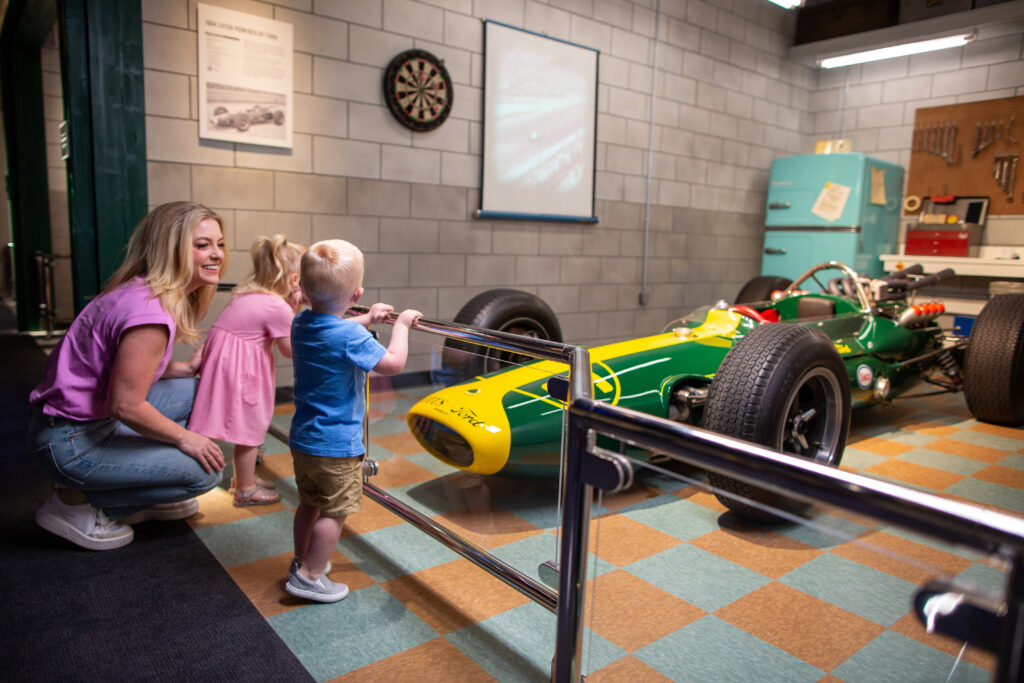





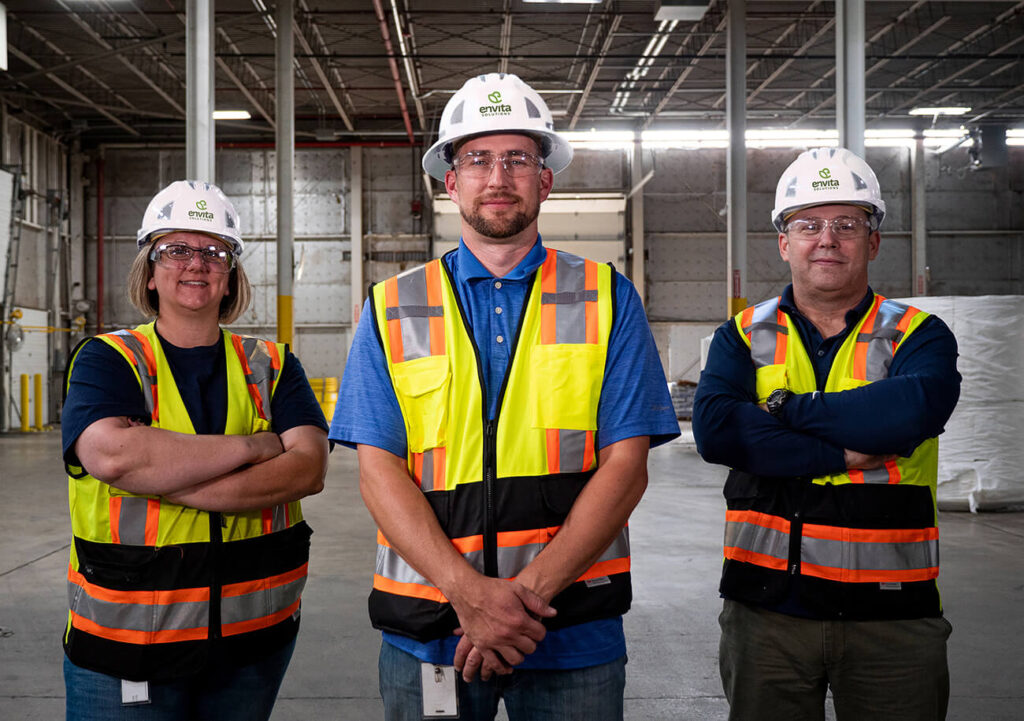


 Hunger is an issue that affects every community, including here in the U.S., where about 34 to 37 million people—including 11 million children—face food insecurity. Food insecurity means not having consistent access to enough affordable, nutritious food. It might look like skipping meals, eating less, or relying on cheaper, less nutritious options. As Nick Reich, Executive Director of Pack Away Hunger, explained, “Food insecurity and hunger have a disproportionate impact on women and children. Through our partnership with The Heritage Group, we are able to help hungry residents of Central Indiana, especially during the holiday season.”
Hunger is an issue that affects every community, including here in the U.S., where about 34 to 37 million people—including 11 million children—face food insecurity. Food insecurity means not having consistent access to enough affordable, nutritious food. It might look like skipping meals, eating less, or relying on cheaper, less nutritious options. As Nick Reich, Executive Director of Pack Away Hunger, explained, “Food insecurity and hunger have a disproportionate impact on women and children. Through our partnership with The Heritage Group, we are able to help hungry residents of Central Indiana, especially during the holiday season.” This year’s campaign, which coincided with our 94th anniversary, was our biggest yet. Across 17 states, one Canadian province, and with more than 80 community organizations,1,119 Heritage Group volunteers worked together to make a real difference. Altogether, we contributed 1,845 hours of service, saving nonprofit organizations the equivalent of 230 days of payroll costs.
This year’s campaign, which coincided with our 94th anniversary, was our biggest yet. Across 17 states, one Canadian province, and with more than 80 community organizations,1,119 Heritage Group volunteers worked together to make a real difference. Altogether, we contributed 1,845 hours of service, saving nonprofit organizations the equivalent of 230 days of payroll costs.